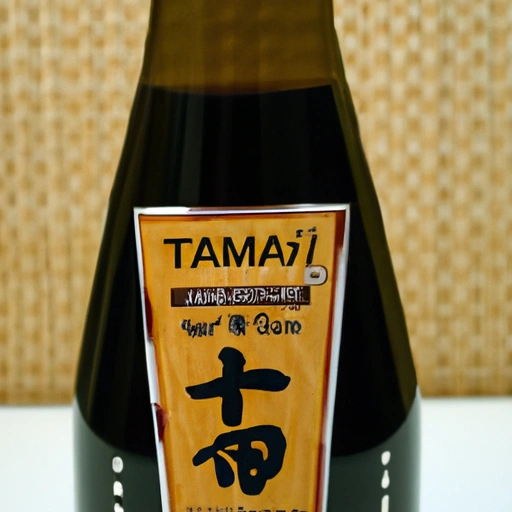Tamari
Description

Tamari is a traditional Japanese soy sauce that is crafted through the fermentation of soybeans. It is often made without wheat, distinguishing it from most soy sauces, and is prized for its rich, smooth flavor that is less salty and has a deeper umami character compared to its counterparts. Tamari's consistency is slightly thicker than that of common soy sauce, and its color is a dark brown. As a gluten-free option, tamari is a popular choice for those with gluten sensitivities or celiac disease, and it is widely used in various cuisines to add depth and complexity to dishes.
Common uses
Tamari is commonly used as a dipping sauce, a seasoning, and a component in marinades and dressings. It is a versatile ingredient that enhances the flavor of sushi, stir-fries, noodle dishes, and grilled meats. Additionally, tamari serves as a salt substitute for those looking to reduce their sodium intake while still adding a savory element to their cooking.
Nutritional value
Calories
One tablespoon (18 ml / 0.6 oz) of tamari contains approximately 10-20 calories, making it a low-calorie option for adding flavor to dishes.
Protein
Tamari provides about 2-3 grams of protein per tablespoon, which can contribute to the daily protein intake.
Fat
This condiment contains minimal fat, with less than 0.5 grams per tablespoon, making it a low-fat choice for seasoning.
Carbohydrates
Typically, tamari has about 1-3 grams of carbohydrates per tablespoon, with most of these being sugars naturally occurring from the fermentation process.
Vitamins
While not a significant source of vitamins, tamari may contain small amounts of vitamins depending on the brand, such as Vitamin B3 (niacin) derived from soybeans.
Minerals
Tamari is rich in certain minerals, particularly manganese and magnesium, and it also provides a good source of iron and phosphorus.
Health benefits
Tamari has several health benefits, including being a good source of important amino acids from soy protein. Its gluten-free nature makes it suitable for those with gluten intolerance or celiac disease. Additionally, the fermentation process produces beneficial bacteria that can promote a healthy gut microbiome.
Potential risks
Those with soy allergies should avoid tamari, and it can be high in sodium, which may be a concern for individuals with hypertension or heart disease. It is advisable to consume tamari in moderation and opt for low-sodium versions when possible.
Common recipes
Tamari can be used in various recipes such as soups, sauces, and glazes. It is a staple ingredient in many Asian-style dishes like teriyaki, ramen, and fried rice.
Cooking methods
It can be used in both cooking and as a finishing sauce. When used in cooking, it imparts a rich umami flavor to the dish. As a finishing sauce, it adds a burst of savory taste.
Pairing with other ingredients
Tamari pairs exceptionally well with ingredients like ginger, garlic, sesame oil, and rice vinegar. It also complements the flavors of vegetables, tofu, and various meats.
Summary
Tamari is a versatile and flavorful soy sauce alternative that is ideal for those seeking gluten-free options without compromising on taste. With its rich umami flavor and health benefits, it is a valuable ingredient in both traditional Asian cuisine and modern, diverse recipes from around the globe.